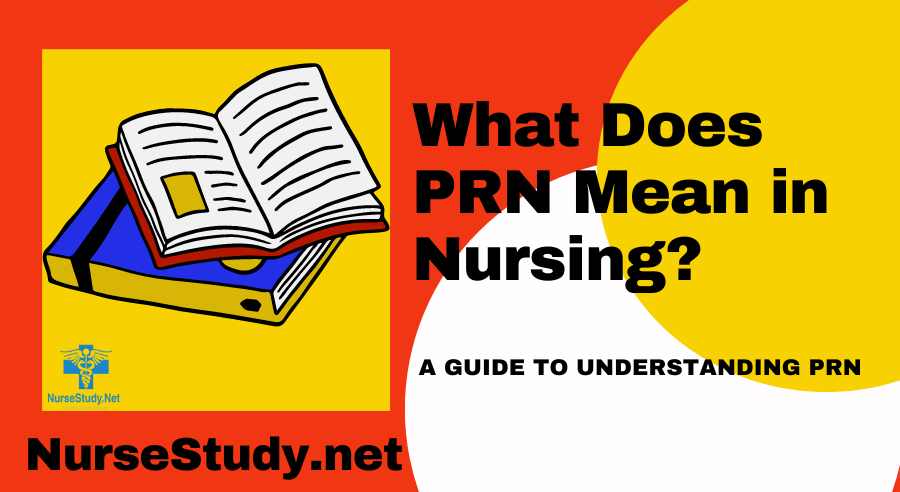What Does PRN Mean in Nursing? A Complete Guide for Healthcare Professionals
Understand what PRN means in nursing, its clinical significance, common applications, and best practices for healthcare professionals. Learn how this crucial medical abbreviation impacts patient care.
Introduction
In nursing and healthcare, PRN is a commonly used Latin abbreviation that stands for “pro re nata,” meaning “as needed” or “as the situation arises.” Understanding PRN orders is crucial for delivering safe and effective patient care.
What Does PRN Mean?
PRN, derived from the Latin phrase “pro re nata,” is a medical instruction indicating that a medication or treatment should be administered only when necessary rather than on a fixed schedule. This flexible approach allows healthcare providers to address patient needs as they arise.
Clinical Significance
Healthcare providers use PRN orders to:
- Manage acute symptoms like pain, nausea, or anxiety
- Provide flexibility in treatment plans
- Empower nurses to respond to patient needs promptly
- Optimize medication administration based on patient condition
Common PRN Applications in Nursing
Pain Management
Nurses frequently use PRN orders for pain medications, allowing them to administer analgesics based on patient comfort levels and reported pain scores.
Sleep Aids
PRN sleep medications help patients rest when needed without requiring daily administration.
Anxiety Management
Anti-anxiety medications prescribed PRN enable nurses to help patients manage acute stress or anxiety episodes.
Nausea Control
Antiemetic medications given PRN help control unexpected episodes of nausea and vomiting.
Best Practices for PRN Administration
Documentation Requirements
Nurses must document:
- Time and date of administration
- Reason for administration
- Medication dose given
- Patient response
- Any side effects observed
Assessment Guidelines
Before administering PRN medications, nurses should:
- Evaluate patient symptoms
- Review medication history
- Check for contraindications
- Verify appropriate timing between doses
Safety Considerations
Maximum Dosage
Always observe:
- Maximum daily dose limits
- Minimum time intervals between doses
- Drug interactions with other medications
Patient Education
Educate patients about:
- When to request PRN medications
- Expected effects and side effects
- Proper timing of requests
- Alternative non-pharmacological interventions
Legal and Professional Implications
Healthcare providers must:
- Follow facility policies
- Maintain accurate documentation
- Exercise professional judgment
- Understand the scope of practice
Conclusion
Understanding PRN orders is essential for safe and effective nursing practice. Proper implementation of PRN medications requires clinical judgment, careful documentation, and ongoing patient assessment.
References
- Ackley, B. J., Ladwig, G. B., Makic, M. B., Martinez-Kratz, M. R., & Zanotti, M. (2023). Nursing diagnoses handbook: An evidence-based guide to planning care. St. Louis, MO: Elsevier.
- Harding, M. M., Kwong, J., & Hagler, D. (2022). Lewis’s Medical-Surgical Nursing: Assessment and Management of Clinical Problems, Single Volume. Elsevier.
- Herdman, T. H., Kamitsuru, S., & Lopes, C. (2024). NANDA International Nursing Diagnoses – Definitions and Classification, 2024-2026.
- Ignatavicius, D. D., Rebar, C., & Heimgartner, N. M. (2023). Medical-Surgical Nursing: Concepts for Clinical Judgment and Collaborative Care. Elsevier.
- Silvestri, L. A. (2023). Saunders comprehensive review for the NCLEX-RN examination. St. Louis, MO: Elsevier.
